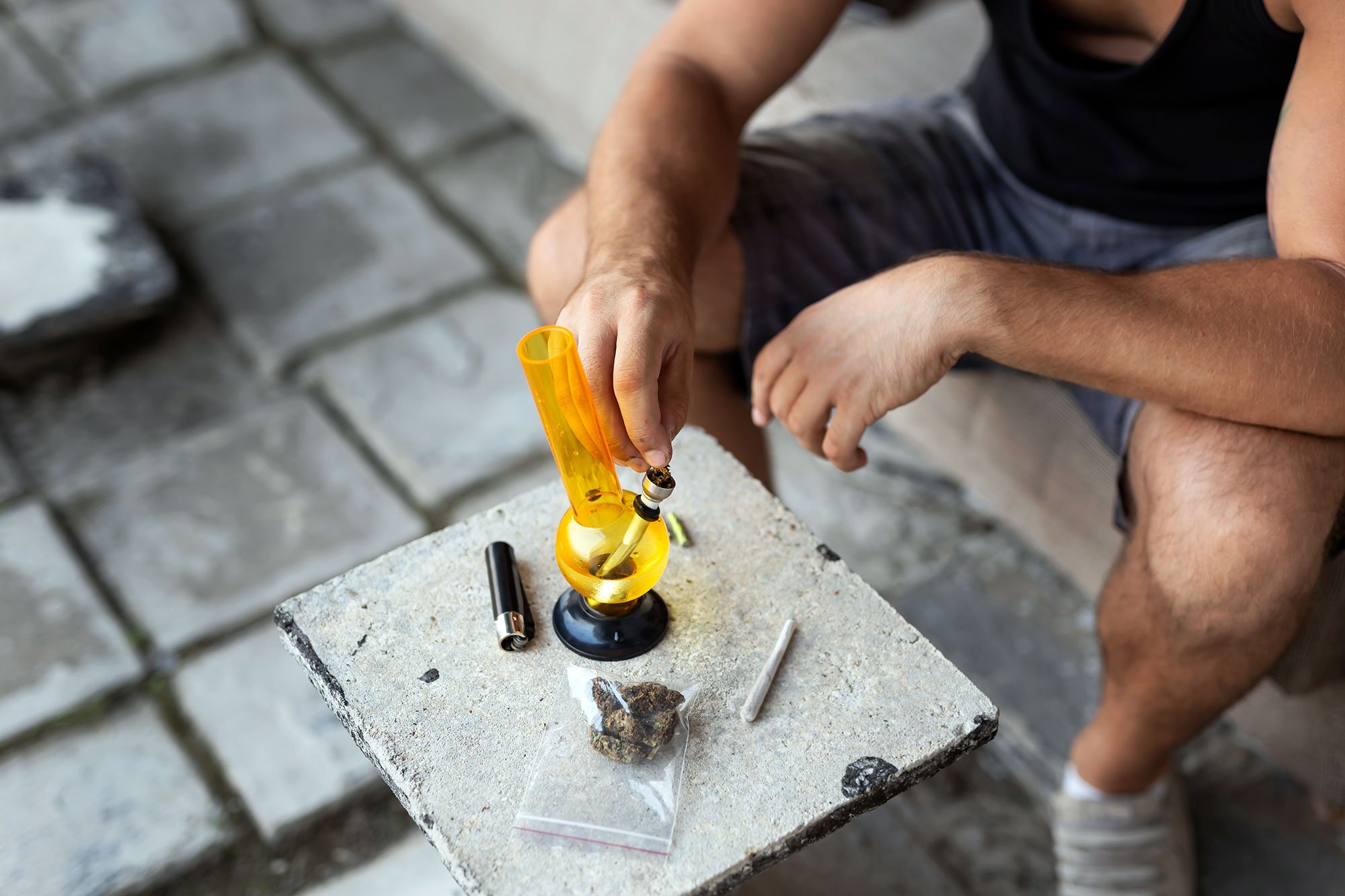

A new study from researchers at Columbia University Vagelos College of Physicians and Surgeons found that non-medical cannabis use–including frequent or problematic use–is significantly more common in adults with pain than in those without pain.
The findings were published in the American Journal of Psychiatry.
Since 1996, 34 states have passed medical marijuana laws and 11 states have legalized recreational cannabis use.
Studies indicate that heavy cannabis use increases the risk of vehicle accidents, respiratory and psychiatric symptoms, and cannabis use disorder.
“Despite this evidence, many people view cannabis use as harmless, and non-medical use of cannabis on a daily or near-daily basis has increased,” says Deborah Hasin, PhD, a professor of epidemiology in the Department of Psychiatry at Columbia University Vagelos College of Physicians and Surgeons who led the current study. “In our study, we hoped to identify factors–such as pain–that may increase the risk of cannabis use disorder.”
Hasin and colleagues analyzed data on marijuana use from the National Epidemiologic Surveys on Alcohol and Related Conditions in 2001-2002 and 2012-2013. The researchers compared non-medical cannabis use patterns in adults with and without pain (approximately 20% of participants in both surveys had moderate to severe pain).
Overall, non-medical marijuana use increased from about 4% in 2002 to 9.5% in 2013. In addition, in the most recent survey, those with pain were significantly more likely to engage in frequent non-medical cannabis use than those without pain (5.0% vs. 3.5%). The risk of cannabis use disorder was also significantly higher in those with pain (4.2% vs. 2.7%).
“Although meta-analyses of cannabis for treating pain show only mixed efficacy, particularly for plant marijuana, 66% of adults now view marijuana as beneficial for pain management. Given that about 20% of the adult population experienced moderate to severe pain, this puts a large group of U.S. adults at risk for frequent non-medical use and cannabis use disorder. Greater balance is needed in media reporting of marijuana issues, including messages that convey credible information about the nature and magnitude of health risks from non-medical cannabis use, including among the large group of US adults with pain,” says Hasin. “Psychiatrists and other mental health professionals treating patients with pain should monitor their patients for signs and symptoms of cannabis use disorder.”


5% vs. 3.5% is a significant difference?
If they were in pain and using it to alleviate pain, isn’t that actually medical use?
The standards for CUD are painfully low. Any medical cannabis patient would qualify as having CUD. These measures need to be updated to consider the fact that many people use cannabis regularly for medicinal reasons and carry on with life just fine. The standard for having a “disorder” needs to be raised. It’s currently stuck in the reefer madness mentality.